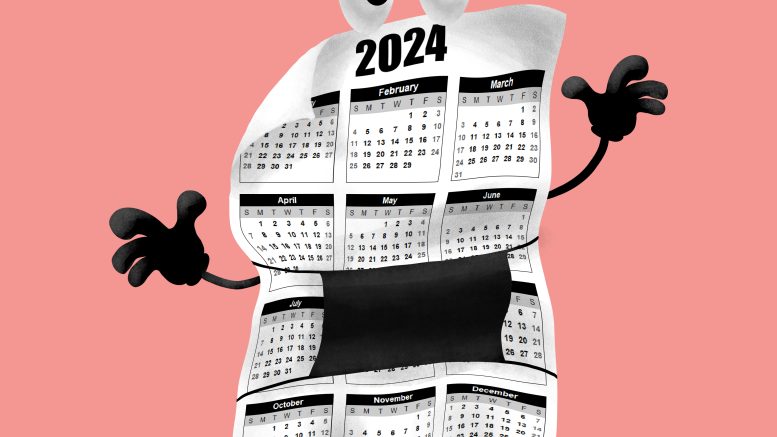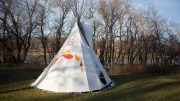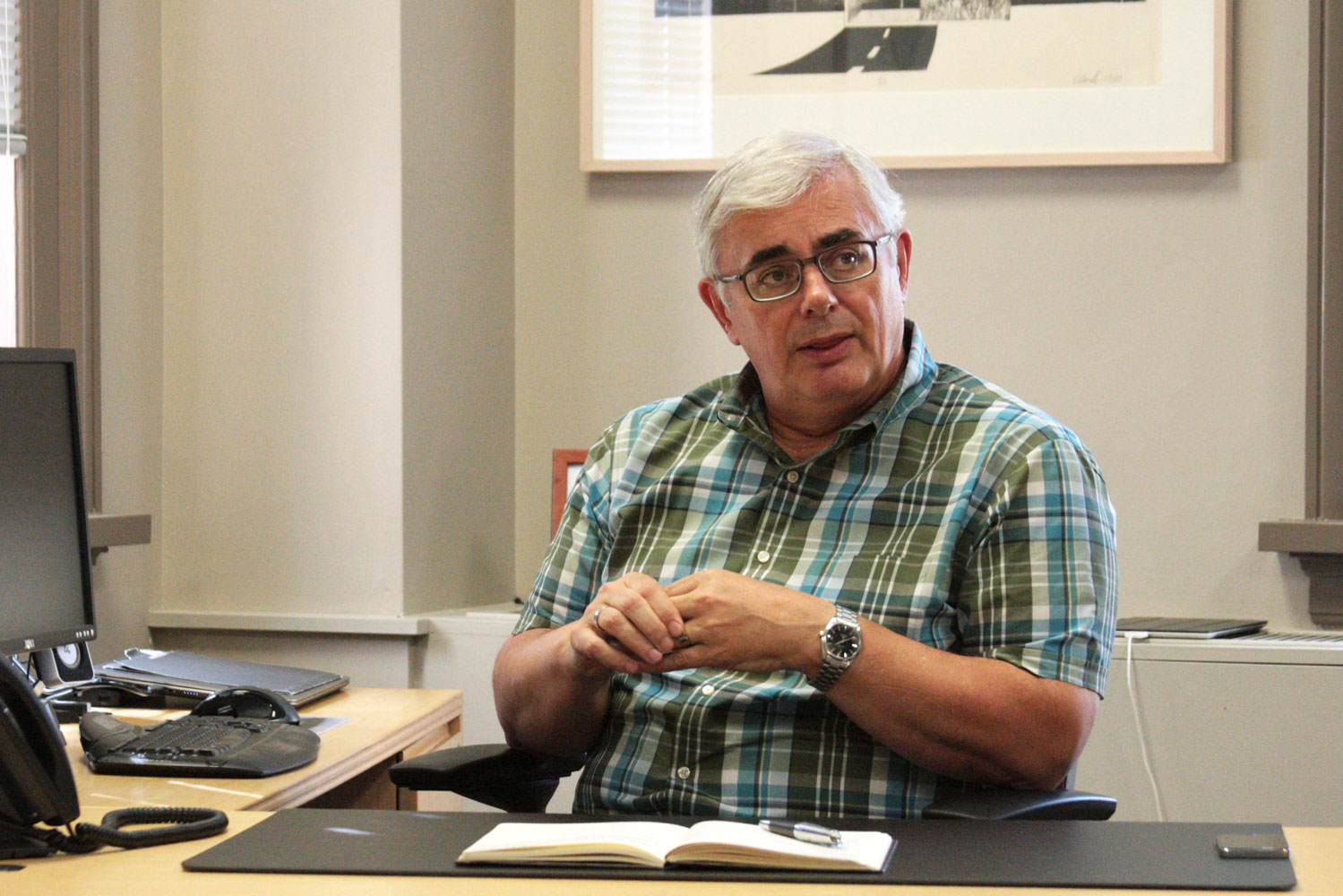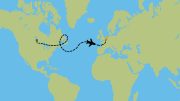This past month marked three years since the World Health Organization declared COVID-19 a pandemic. Most public health restrictions have ended, and most governments are acting like the virus is nothing to worry about.
Unfortunately, COVID-19 continues to pose a significant health risk, even for people who are up to date with their booster shots. Getting COVID-19 more than once significantly increases the risk of severe symptoms. It also increases the chances of ending up with Long COVID — symptoms that persist for three months or more.
We know that respiratory viruses that spread via airborne transmission, like the one that causes COVID-19, linger in the air. Contaminated air from an infected person can remain in a space well after the person has left. Many ventilation systems recirculate indoor air.
At the University of Manitoba, we spend a lot of time studying and working indoors. Many of our classrooms and lecture theatres lack windows. Some rooms have windows that are bolted shut and so can’t be opened to increase the amount of outdoor air.
We don’t know the ventilation air exchange rate in many indoor spaces on our campuses.
However, we can use carbon dioxide (CO2) monitors to get an indication of how well-ventilated a space is. A CO2 reading below 800 parts per million (ppm) is considered well- ventilated when it comes to preventing the spread of airborne viruses. A reading over 800 ppm indicates that the indoor air isn’t being exchanged with enough outdoor air.
So how can we protect ourselves and members of our community?
Wear masks and upgrade ventilation systems to ensure that the air we breathe is as clean as possible.
Studies show that wearing a well-fitting, high-quality mask reduces the risk of potential exposure to and transmission of airborne viruses on campus. Wearing masks helps everyone in the U of M community stay healthy.
Additionally, high quality filters that remove particles suspended in the air can help reduce virus transmission indoors. Many buildings on U of M campuses use MERV-8 filters. These filters are effective at removing dust, pollen and mold, but not smaller particles such as fine dust, bacteria and viruses. U of M needs to upgrade ventilation systems on our campuses and install filters rated at MERV-13 or higher.
To keep our campuses safe and accessible to everyone in our community, including folks who are at higher risk of adverse effects from COVID-19, we need to ensure that the air we breathe is as clean as possible. This is why the University of Manitoba Faculty Association is calling on U of M administration to improve the ventilation systems on campus and to continue to require the wearing of high-quality masks.
Wearing masks and upgrading ventilation systems will improve the air we breathe and reduce the transmission of COVID-19 and other airborne viruses. This makes everyone safer. That’s good for all of us, but especially for the many people in our community who are at higher risk of serious consequences from a COVID-19 infection.
To learn more about how masks and clean air can help make the U of M a safe space to learn and work, check out the #SafeAirUM tag on social media.
David Camfield, Angela Kuchison and Julia Smith are members of the COVID-19 subcommittee of the University of Manitoba Faculty Association’s Organizing and Communications Committee.





